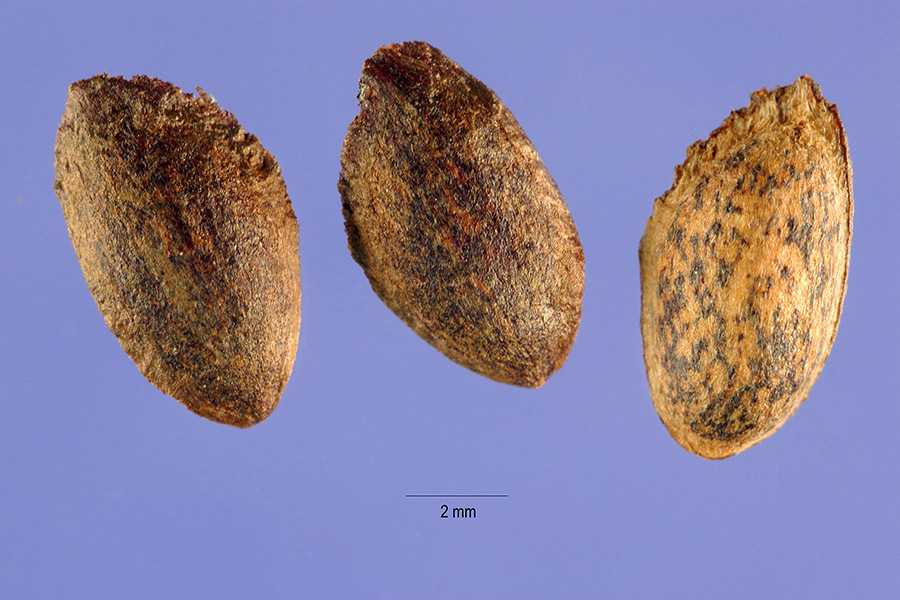White Pine : Physical Features and Growth

Robert H. Mohlenbrock. “Bark”. “Needles”. USDA-NRCS PLANTS Database / USDA NRCS. 1995. Northeast wetland flora: Field office guide to plant species. Northeast National Technical Center, Chester.
Physicality:
The White Pine hold the reputation of the largest conifer of upper Midwestern and eastern forests, reaching staggering sizes of 150 feet tall, up to 40 inches in diameter, and an age of 200 years if left alone (NRCS, 2013). The White Pine produces a lone cylindrical trunk with branches that grow in a plating pattern that becomes very distinctive as the tree gets older, often dropping its lower branches (NRCS, 2013). The tree is decorated with green, flexible needles that grow in groups of five. The white pine is monoecious, producing male and female cones that around 6 inches long and 1 inch wide. At the time of pollen shed, male cones are brown in color; at pollination, female cones are green in color (NRCS, 2013). The bark of the white pine is thin and smooth to the touch when the tree is young and gets thicker and fissured with age (NRCS, 2013).
Growth:
White Pines are slow to grow during the first 10 years and then grow at a rapid pace. Trees that are well exposed to sunlight and living in good conditions may grow a whopping 54 inches a year between the ages of 10 and 20 (Wendel). They can handle smaller competition such as pitch pine and black walnuts, but cannot compete with bigger trees such as aspens and maples and usually die from lack of sunlight (Wendel).

